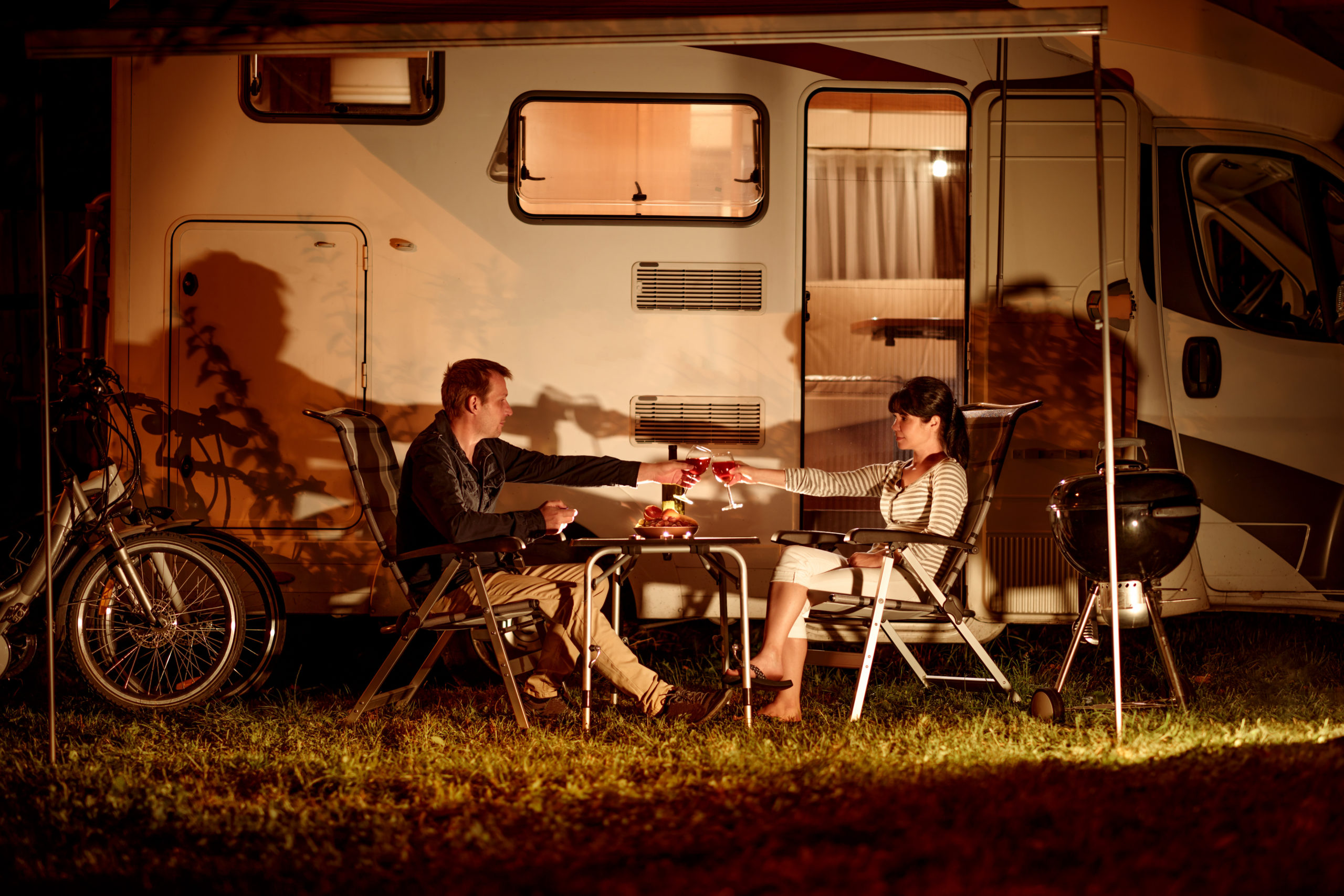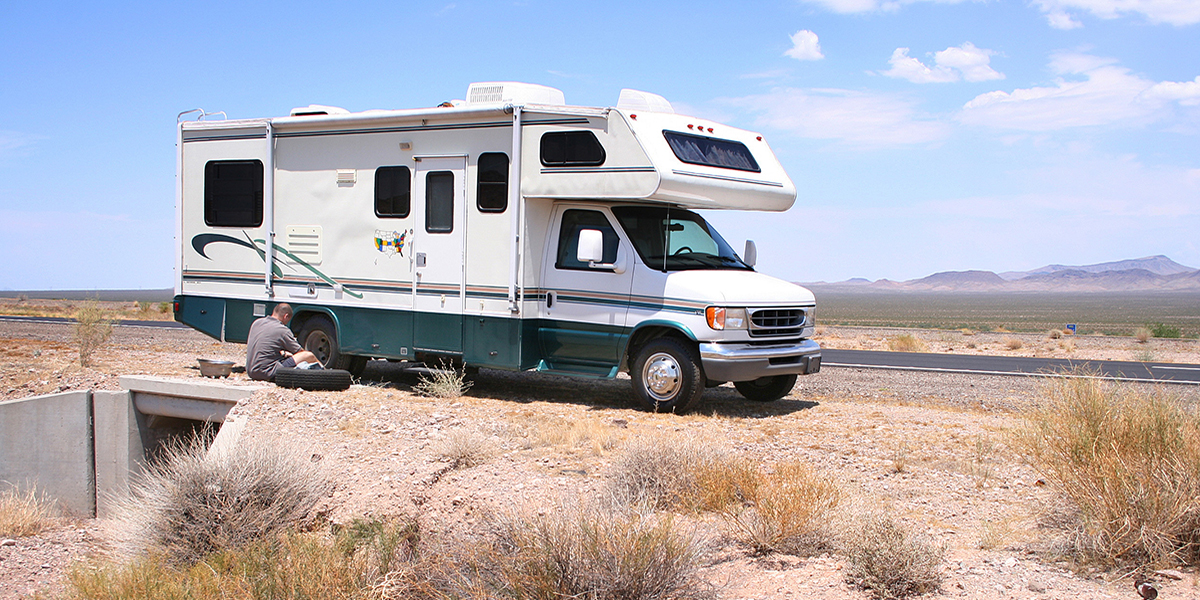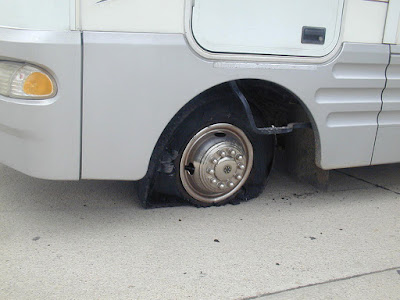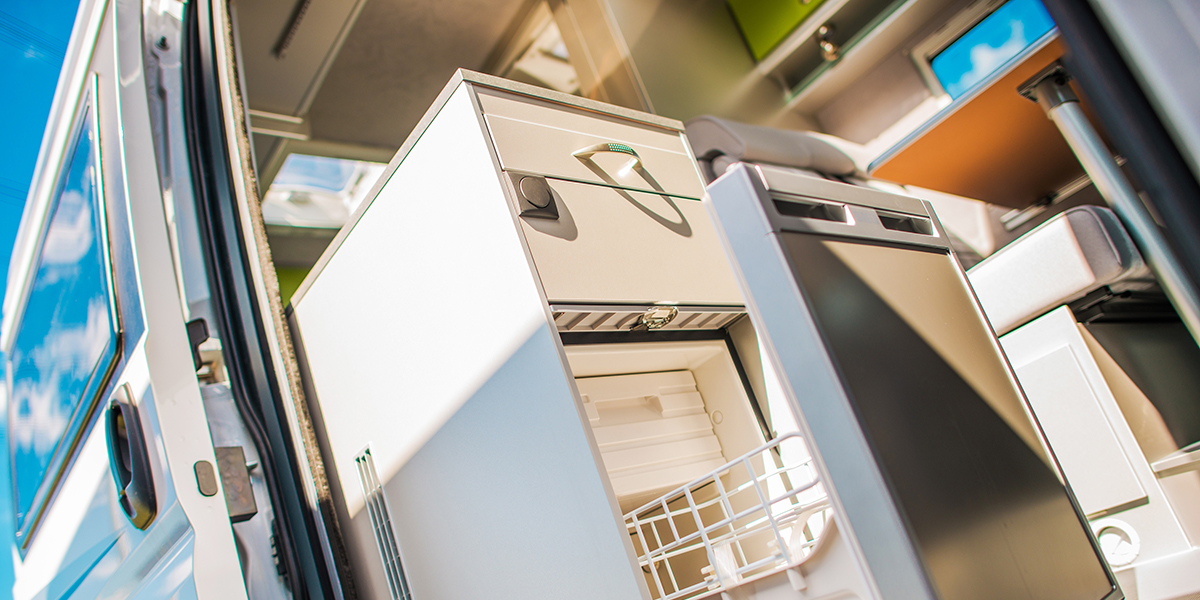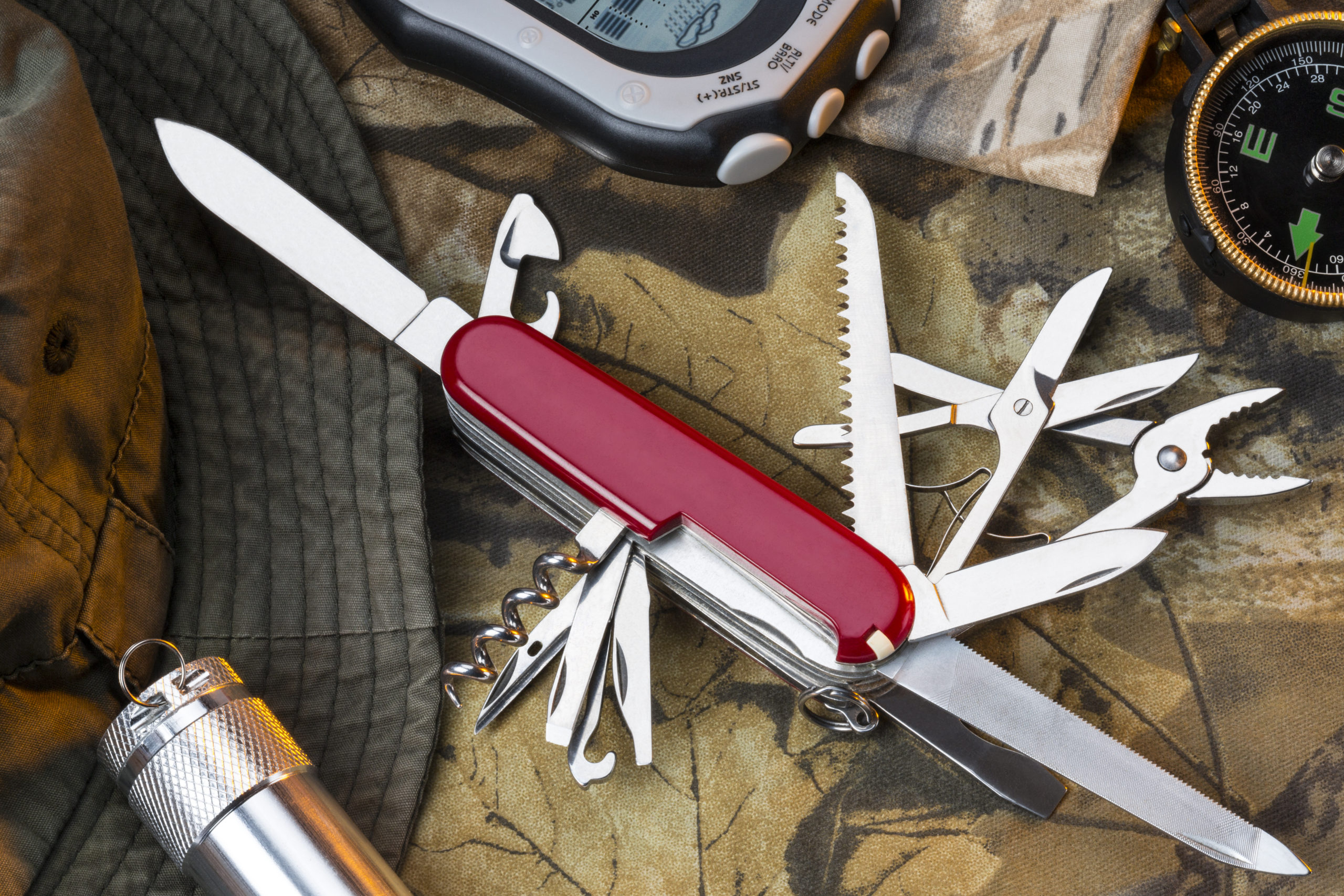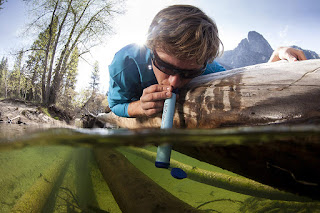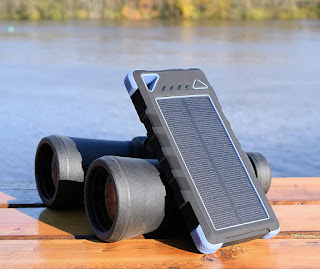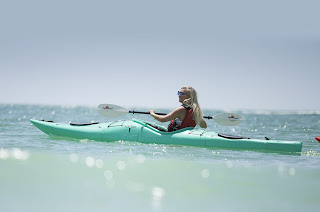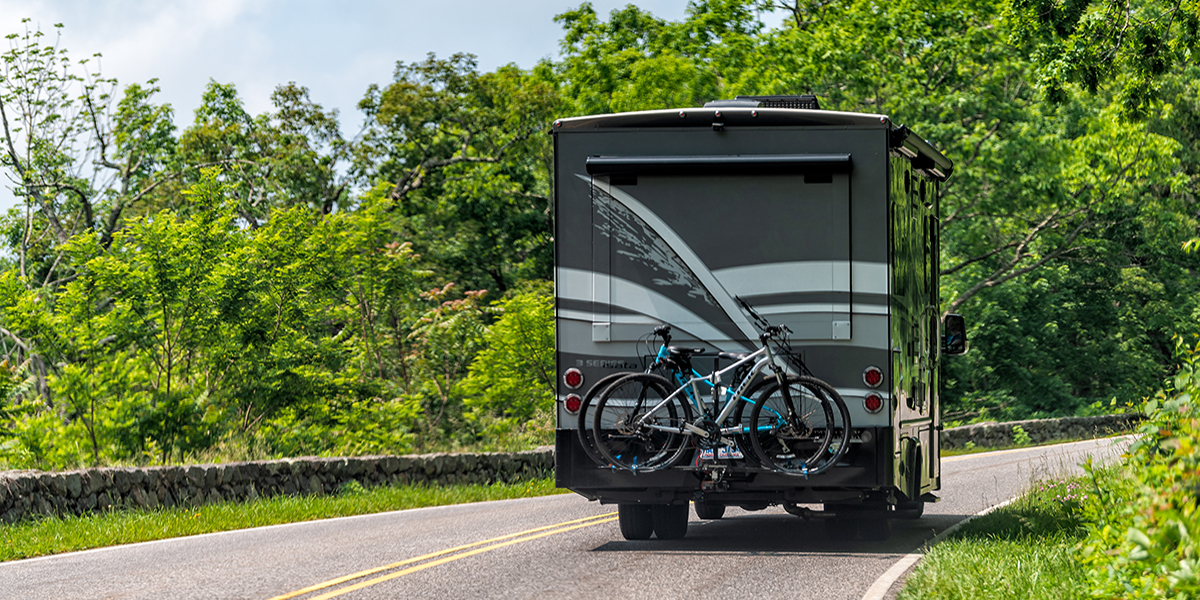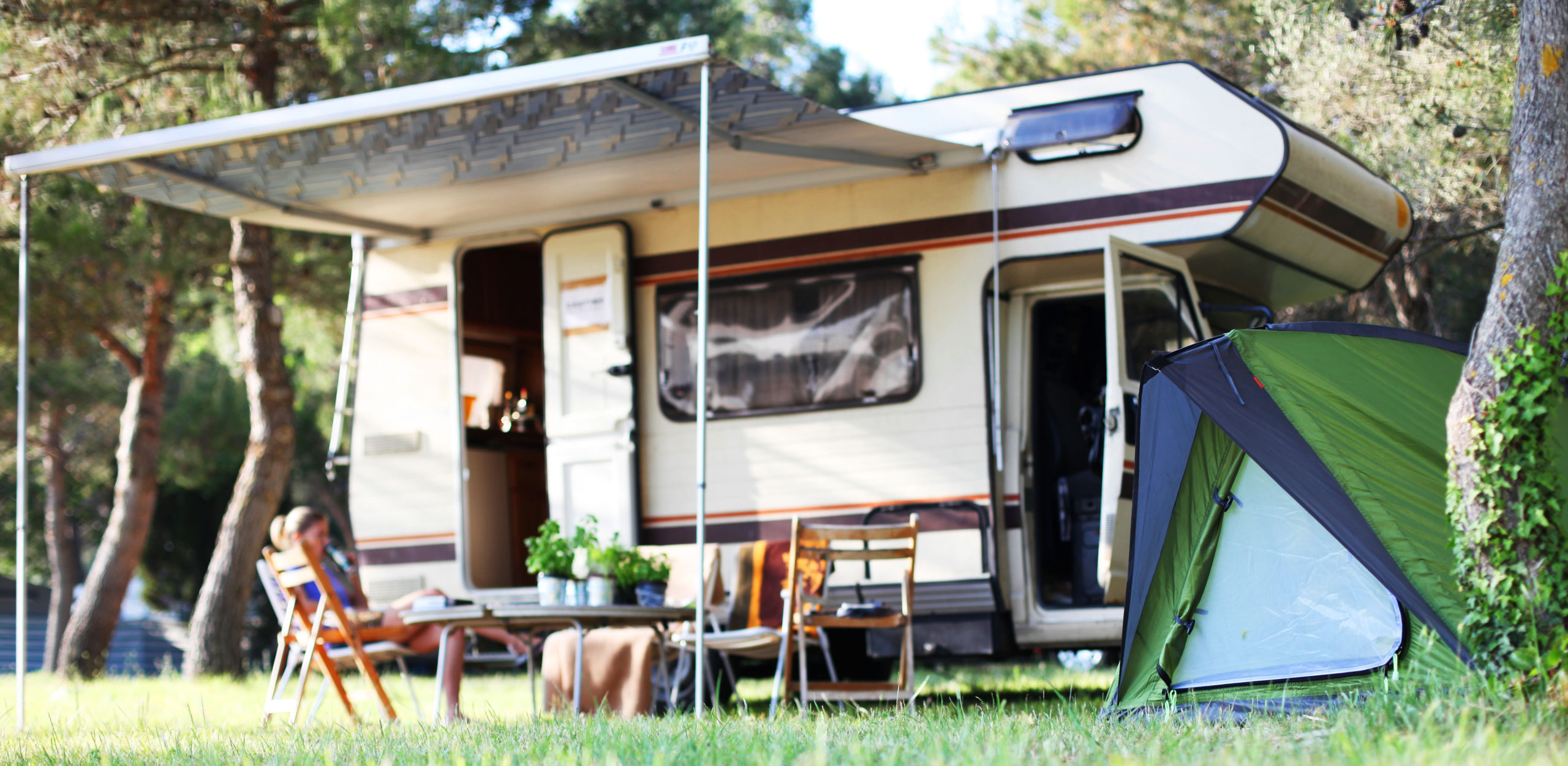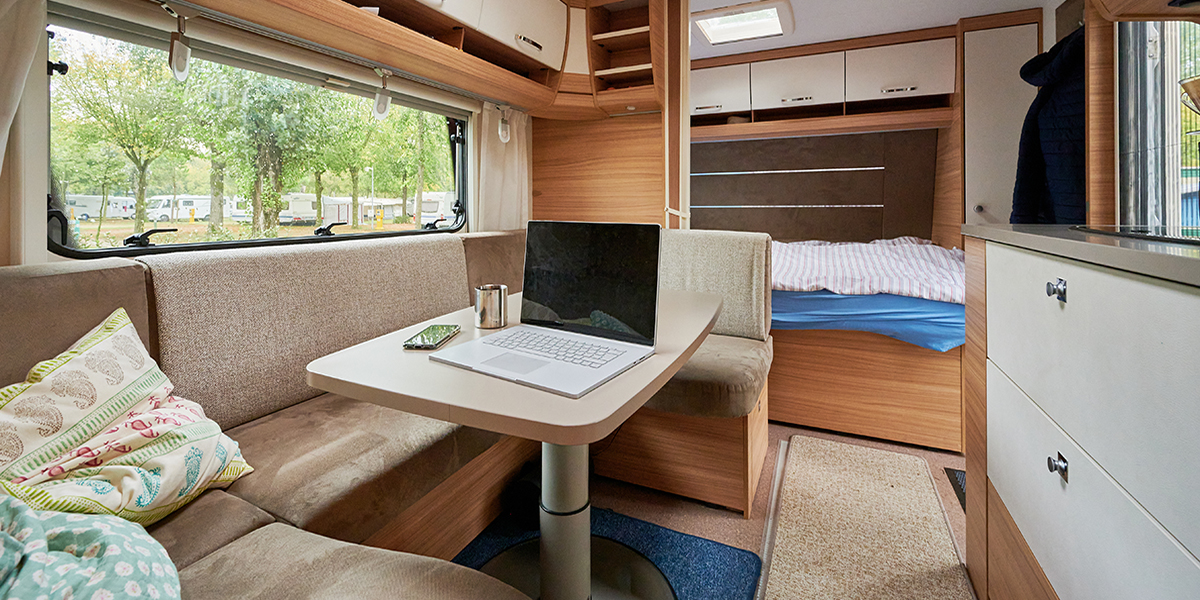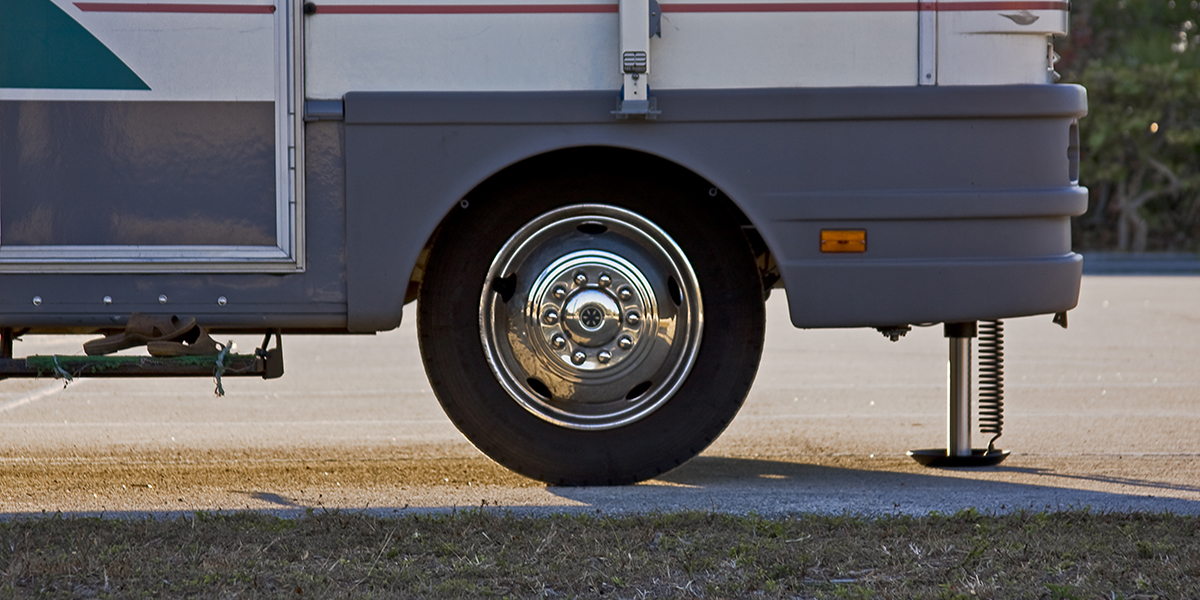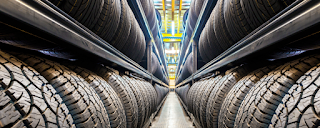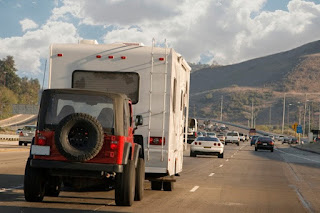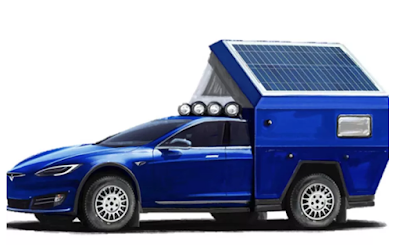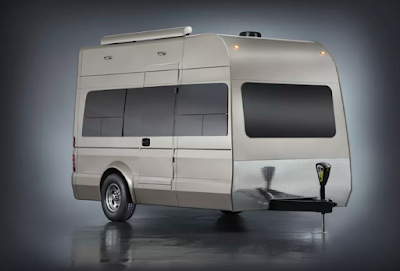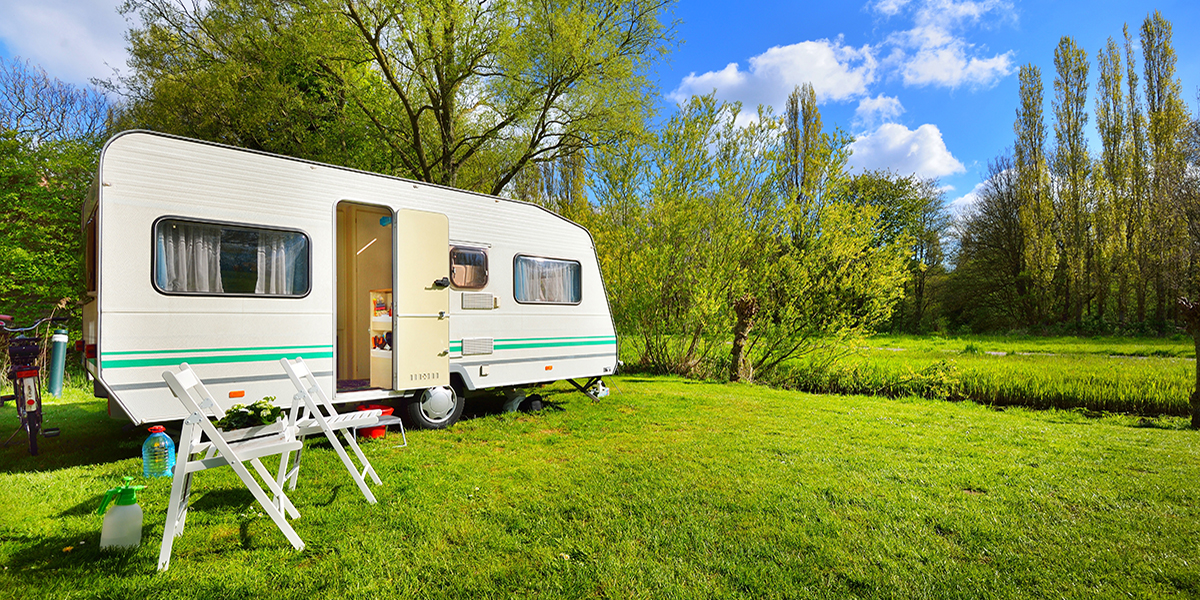There’s nothing quite like an amazing weekend spent camping. Heck, if you can get in a whole week, that’s even better. However, the very best option—and one many people don’t even consider—is to take on RV living.
That’s right! Why not hop in your RV and hit the road full time?
This might seem like a crazy notion, but believe it or not, more and more people are choosing this lifestyle. These are people from all age groups and backgrounds, and while they may be making some sacrifices to live this way, most of them are also having the time of their lives.
Are you considering jumping into full time RVing? Here are 6 amazing reasons why we think you should do exactly that.
1. Meet New People
While many people worry about leaving their friends and family behind when beginning the full time life, and while this is a completely legitimate concern, many people are also amazed at the new people they meet through their travels.
From chatting with friendly locals and learning all about an area has to offer to building friendships with campground neighbors, there are new relationships to be made around every corner. Of course, the best new friends are the ones who are full timers just like you. A number of those living the RV lifestyle even choose to travel with their full time friends!
Even if you don’t travel together, always make sure to get the contact info of newfound friends. You never know when your paths may cross again, and you might be surprised how often it happens.
2. Learn New Things
You learn something new everyday. Never was this phrase more true than it is for an RVer.
Traveling full time in an RV will give you the opportunity to learn about the day-to-day lives of people in all parts of the country. It will allow you to explore national parks, museums, zoos, and historic sites. It will also require you to learn how to fix things for yourself, how to navigate with a map when the GPS loses signal, and how to keep your cool and solve problems in the moment.
All of these things combined will have you learning more than you ever thought possible.
3. Check Off that Bucket List
As mentioned before, you will definitely be seeing lots of new things as you travel. In fact, if you plan things right, you can use your travels to start checking things off your bucket list.
Don’t have a bucket list? You’ll want to make one before you hit the road. Just don’t count on ever reaching the end of the list, because new things tend to sneak onto it just as fast as the old ones get checked off.
4. Grow Closer to Your Family
Whether you’ll be traveling with the spouse and kids, with your parents/grandparents, or only with your significant other, you can count on growing pretty close with your family and travel-mate(s).
Some people claim they could never live in the small space an RV offers with their family and stay sane, but the truth of the matter is, once you find your groove, living in a small space becomes easy. Once you reach this easy stage, the tiny living does nothing more than encourage your travel group to grow closer to one another, as it forces you to connect more often and spend more time bonding.
5. Connect with Nature
In our modern society, far too many people are completely disconnected from nature. Many people will go days without taking notice of the weather, birds, or trees around them, let alone make a conscious effort to get outside and really connect with nature.
This is so unfortunate, considering the amazing effect some quality time spent outdoors can have on the mind, body, and soul.
While traveling and living in an RV certainly doesn’t guarantee more outside time, it definitely does encourage it. After all, you’re going to be spending a significant amount of time in campgrounds, which are almost always set in beautiful places and tend to offer outdoor recreation opportunities.
Additionally, if you plan to visit national parks, you might just find yourself turning into something of a hiker!
6. Save Money
Last but not least, we must mention the financial aspect of RVing. A lot of people assume you have to be rich to travel full time.
Obviously, having a lot of money is nice, but it certainly isn’t necessary. In fact, some people find that by paying cash for a used rig, making use of campground memberships, using reciprocal programs to save money on sightseeing, and traveling at a slower pace, they are even able to save money over living in a sticks-and-bricks home.
If you’re looking for an amazing way to live while saving a bit of money, full time RVing absolutely might be an option. That said, you will want to do the math first, and saving money probably shouldn’t be your primary reason for hitting the road.
Author: Chelsea Gonzales, Fulltime Families
